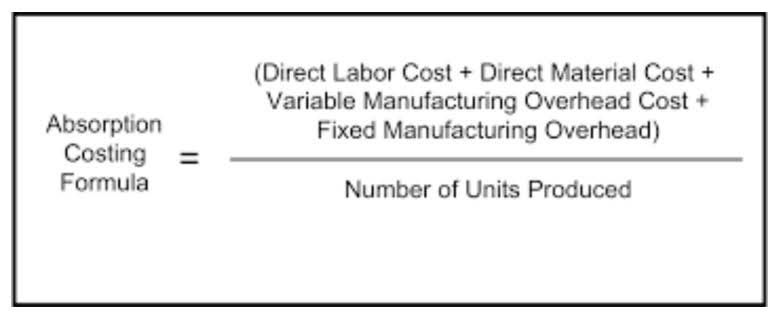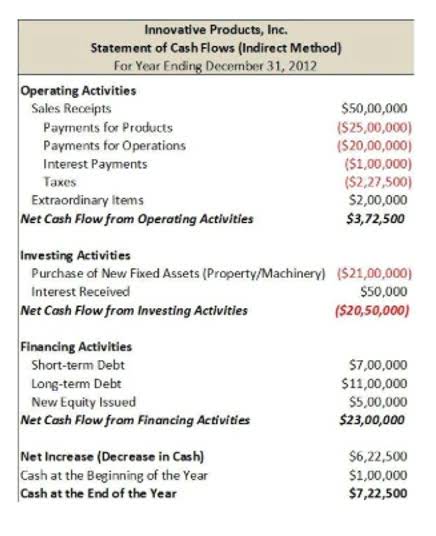
As far as FOB accounting for small businesses, the designation matters because it determines when a sale is recorded, and it also dictates shipping terms. So, with an FOB shipping point agreement for $50,000 worth of goods, the seller would put $50,000 in their accounts receivable when the goods were shipped and deduct $50,000 from their inventory. As the goods shipped from the seller, the buyer would have to add $50,000 to their inventory and $50,000 to their accounts payable.
FOB and Incoterms
With FOB delivery, the buyer covers the costs of unloading upon the arrival of goods at the designated location. Understanding Free on Board (FOB) destination is important for sellers because it has specific pros and cons. In fob shipping point an FOB destination transaction, the seller has important duties to ensure smooth and secure shipping. This is different from FOB shipping point, where the buyer takes responsibility once the goods leave the seller’s location.
- This term also gives the buyer more control over the shipping process and delivery schedule.
- To account for these expenses, sellers may need to increase the final price for the buyer.
- Additionally, if the goods are damaged in transit, the seller is responsible for replacing them at their own expense.
- This differs from FOB shipping point, where the buyer takes on responsibility once the goods leave the seller’s place.
- The choice of Incoterm depends on the mode of transportation and the type of goods, among other factors.
FOB Shipping Point: Meaning and Comparison with FOB Destination
If the seller of goods quotes a price that is FOB shipping point, the sale takes place when the seller puts the goods on a common carrier at the seller’s dock. Therefore, when the goods are being transported to the buyer, they are owned by the buyer and the buyer is responsible for the shipping costs. The choice between FOB Origin and FOB destination depends on the specific needs of both parties. Since Dara Inc. has experience managing international shipping or wants to save on transport costs, FOB Origin, they decided to go forward this way.
- Free on board, also referred to as freight on board, only applies to shipments made via waterways and doesn’t apply to goods transported by vehicle or air.
- It’s also important to perform due diligence when selecting suppliers and carriers, understand the customs and regulations of the countries involved, and keep accurate records of your transactions.
- The main difference between FOB Destination and FOB Origin is the point at which the responsibility for the goods is transferred from the seller to the buyer, and where the risk of loss or damage lies.
- FAS stands for “free alongside ship” and is often used for bulk cargo transactions.
Free on Board (FOB) Explained: Who’s Liable for What in Shipping?
Also, the type of FOB shows which party takes legal responsibility for the goods being shipped, and at what point during transport that responsibility is transferred. The type of FOB to be used is typically designated in a customer’s purchase order, and is also stated on the supplier’s invoice to the customer. Conversely, FOB destination shifts the responsibility of paying freight charges to the seller. The buyer incurs costs only upon successful delivery of the goods to the destination. The seller pays for transporting the goods, including freight charges and insurance if needed.

Incoterms (International Commercial Terms) are a set of internationally recognized standards that define the roles of buyers and sellers in the transfer of goods in international and domestic trade. In an FOB Shipping Point agreement, the transfer of ownership happens the moment the goods are loaded onto the transportation vehicle at the seller’s location. Only upon delivery, at the predetermined destination, do the costs and responsibilities transfer to the buyer.
How to Negotiate Better Deals with Your Suppliers Using FOB Destination or FOB Origin
Additionally, the seller also has the responsibility to pay for the delivery cost. This allows the buyer to manage the costs efficiently and maintain some leverage until the items are received. Under FOB destination, ownership remains with the seller until the goods reach the buyer’s designated location. The buyer only takes ownership when the goods arrive at their location, and he or she accepts delivery. Once the goods are at the shipping point, the ownership of the goods and the risk passes to the buyer and should be included in the inventory of the buyer as goods in transit.

common misunderstandings about FOB shipping
The buyer now has an obligation to pay for the goods and is responsible for all future expenses. As an example of FOB destination accounting, suppose the value of the goods is 5,000 and the freight expense to the buyers destination of 600 is paid in cash by the seller. When choosing an Incoterm, it’s important to consider factors such as the type of goods being shipped, the distance between the buyer and seller, and the level of risk each party is willing to take on. By carefully selecting the right Incoterm, both the buyer and seller can ensure a successful transaction that meets their needs and expectations. DAP, or “delivered-at-place,” says a seller agrees to be responsible for transporting goods to a location stated in the sales contract.

- They can’t decide the shipping company, the route the company takes, or when and how the shipment is delivered.
- As the goods were sold FOB shipping point, the seller does not have to pay the freight cost.
- Understanding the difference between FOB shipping point and FOB destination is crucial for determining who is liable for goods during transit.
- Under FOB destination, freight prepaid and added terms, the seller pays the freight charges but bills them to the customer.
- Understanding Free on Board (FOB) is crucial for businesses engaged in domestic and international trade.
- Resolving any issues that arise during transportation can also be time-consuming for the buyer.
Consider your options for managing your goods during transit and purchasing cargo insurance. If your items are expensive, unique, or in a category where obtaining insurance is difficult, negotiating for FOB destination may be a better option. Free on board is one of around a dozen Incoterms, or international commercial terms.
Do you already work with a financial advisor?
Under FOB shipping point, the buyer bears the responsibility of paying freight charges, covering the transportation from the origin to the destination. The buyer also engages and contracts the carrier for the transportation service. FOB Shipping Point means that the seller transfers ownership of the goods sold at the point of origin, when the items leave the seller’s warehouse. Under FOB Shipping Point, the seller would record the sale as soon as the goods leave the seller’s premises. The buyer then owns the products as soon as they leave the warehouse and therefore must pay any delivery and customs fees.

发表回复